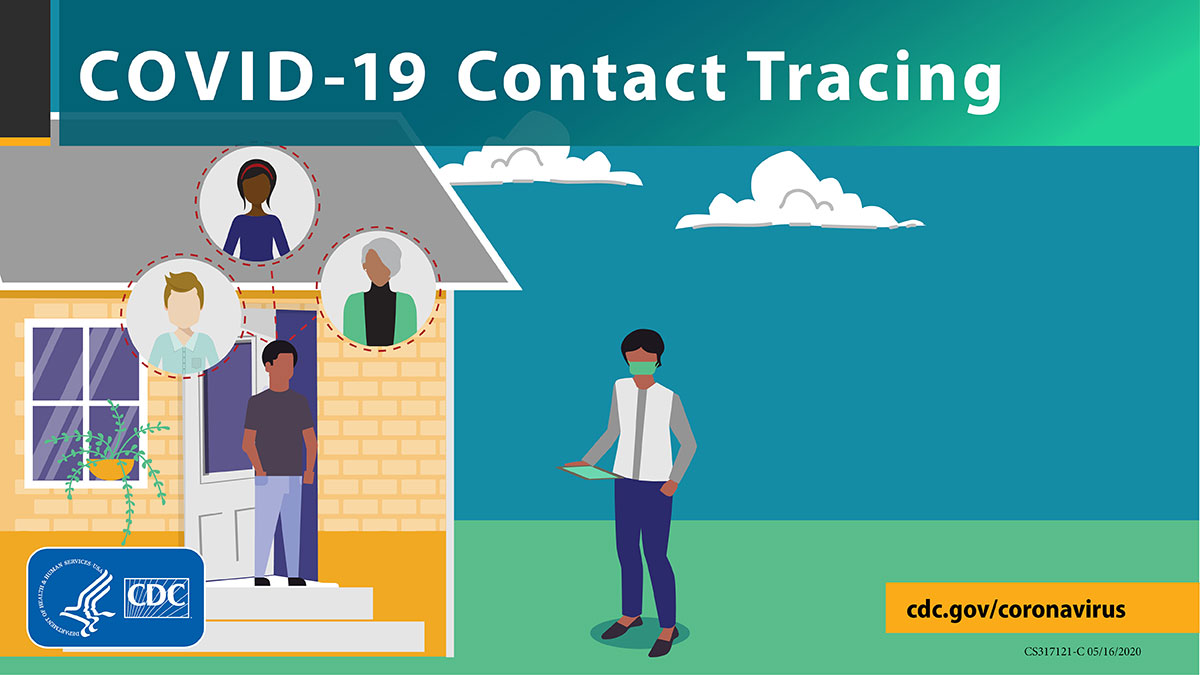
The Times added recently released probable cases in many California counties. 7 because many states and local jurisdictions did not announce new data on Labor Day.ĭelaware added many deaths from previous months. The daily count is artificially low on Sept. The state indicated that many of the 289 deaths announced were from previous months. Minnesota added more than 8,000 cases from previous months representing people who were infected twice.Īrkansas added many deaths. 11 because many states and local jurisdictions did not announce new data on Veterans Day. The daily count is artificially low on Nov. 25 because many states and local jurisdictions did not announce new data on Thanksgiving. 25 because many states and local jurisdictions did not announce new data on Christmas. The daily count is artificially low on Dec. 17 because many states and local jurisdictions did not announce new data on the Martin Luther King Jr. The daily count is artificially low on Jan. The cumulative number of deaths decreased because Massachusetts removed many previously reported deaths. More about reporting anomalies or changes The Times has identified reporting anomalies or methodology changes in the data. case and death total in order to account for irregularly timed case and death reports at the state level. This average may not match the average when calculated from the U.S.

national case and death count averages, the average is the sum of the average number of cases and deaths in all states and territories each day. Certain days with anomalous total case or death reports are excluded from the average or have a portion of their cases and deaths which correspond to data backlogs removed from the average calculation. When calculating rolling averages, these days representing multiple day's worth of data are always included together, which means that in instances of irregularly timed reporting, the seven-day average may be an average over more than seven days. Data from days following non-reporting days is averaged over that day and the non-reporting days that precede it. For case and death seven-day averages, if there are days within that range with no data reported, the period is extended to older days until at least seven days of data are included. Cases and deaths data are assigned to dates based on when figures are publicly reported. Department of Health and Human Services and are subject to historical revisions. Hospitalizations and test positivity are reported based on dates assigned by the U.S. viral test specimens tested by laboratories and state health departments and reported to the federal government by the 50 states, Washington D.C. Hospitalization numbers early in the pandemic are undercounts due to incomplete reporting by hospitals to the federal government. Dips and spikes could be due to inconsistent reporting by hospitals. Figures for Covid patients in hospitals and I.C.U.s are the most recent number of patients with Covid-19 who are hospitalized or in an intensive care unit on that day. The seven-day average is the average of the most recent seven days of data. Department of Health and Human Services (test positivity, hospitalizations, I.C.U.

Still, deaths today are far lower than they were a year ago, when the Delta variant was causing more than 1,500 deaths per day.Ĥ70 About this data Sources: State and local health agencies (cases, deaths) U.S. Data on new virus deaths is particularly volatile this week due to holiday reporting disruptions.Fewer than 35,000 people are currently in American hospitals with the coronavirus each day, a decrease of 13 percent over the past two weeks.

Hospitalizations have also seen sustained improvement.In the Northwest, Washington and Oregon have both seen cases fall by more than 20 percent. Cases have decreased over the past two weeks in all but a handful of states.Still, case counts are in far better shape today than a month ago, when nearly 120,000 cases were announced each day. The holiday has skewed current figures somewhat, since many states reported delayed or incomplete data in the aftermath of the long weekend.Known coronavirus cases have fallen significantly in recent weeks, with the national average falling below 90,000 cases per day just before Labor Day.30 that booster doses are sometimes misclassified as first doses, which may overestimate first dose coverage among adults. About this data Sources: Centers for Disease Control and Prevention, state governments, U.S.


 0 kommentar(er)
0 kommentar(er)
